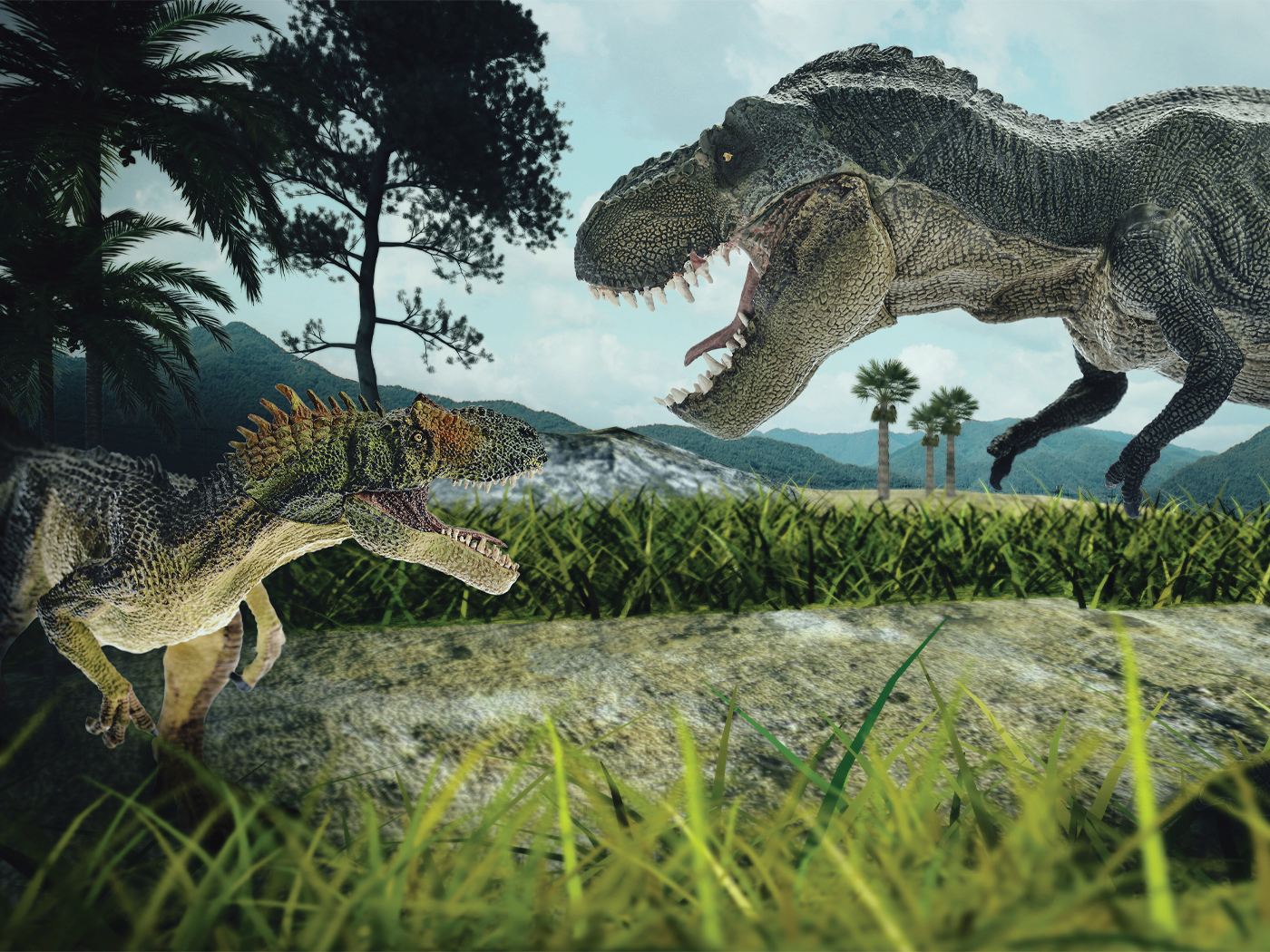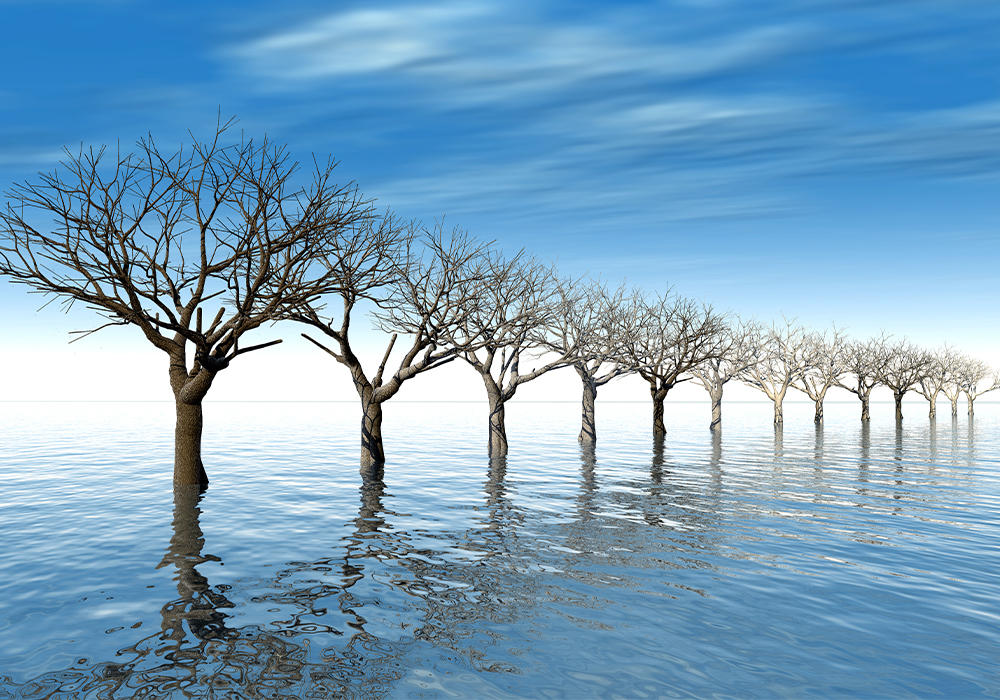A newly discovered genome for the unicellular chromosome-morphing ciliate Stylonychia lemnae has been published, and it’s breaking all the evolutionary rules. It exhibits a repertoire of unbelievable complexity and gene sequences that we’ve never seen in the schema of life.1
Protozoa are an elaborate group of unicellular organisms that have a nucleus and are mobile. However, the extreme diversity and complexity within this group of one-celled critters which has been divulged by modern ultrastructural, biochemical, and genetic techniques, makes them an unruly and uncooperative bunch to neatly place on the evolutionary tree of life. Hence, the common term “protozoa” is no longer being used in official taxonomy circles.
One of the most interesting protozoan groups are called ciliates, which are covered with hair-like flagella structures that not only propel them around but are used for crawling, attachment, feeding, and sensing their environment. From a genomics standpoint, these creatures are especially unusual in that they exhibit the bizarre phenomena of dimorphic nuclei, meaning that they maintain two different types of nuclei containing their chromosomal material.2,3 One nucleus is small and compact (micronucleus) and used for genetic recombination and the transmission of material to make more ciliates. The other nucleus is large (macronucleus) and used for standard gene expression. When comparing the two different nuclei to each other, the large nucleus is completely rearranged, selectively amplified, and fragmented into about 2,000 to 20,000 nano-chromosomes, depending on the species. The smaller nucleus is about one-tenth the size of the larger one.2 These ciliates are one of the few creatures known to exhibit this bizarre genome expanding behavior.
In this recent paper, the researchers sequenced the genome of the macronucleus for the ciliate Stylonychia lemnae, which contains in excess of 16,000 nanochromosomes.1 Amazingly, a large number of the chromosomes contained only a single gene each. When hunting for new genes, a completely novel set were found that encoded a variety of histone proteins never seen before in any other creature, including other ciliates. Histone proteins form the dynamic packaging material that DNA is wound around to form chromosomes. In addition, new types of transposase genes that encode proteins to move sections of DNA around were discovered as well; it makes sense that new types of genes encoding the proteins needed to perform and maintain all of the bizarre chromosome dynamics would be present.
In reality, the researchers appear to have only just begun to uncover the many mysteries of this bizarre creature’s genome. A lot of work and data mining still needs to be done. In fact, the researchers stated, “Our discoveries suggest that a wealth of treasures is still waiting to be revealed in the macronuclear genomes of both Oxytricha [another ciliate] and Stylonychia.” Indeed, more amazing discoveries are sure to follow, but none will be supportive of the simple-to-complex theme of evolution. And these one-celled creatures are anything but simple.
As noted in another recent article where researchers attempted to find evolutionary answers in one-celled creatures in regards to myosin-motor protein genes, their Darwinian paradigm was utterly unsupported by the genomic data they uncovered.4 The problem for evolution is that incredible and amazing genetic complexity exists at all levels of life, from one-celled creatures to the pinnacle of God’s creation: mankind.
References
- Aeschlimann, S. H., et al. 2014. The Draft Assembly of the Radically Organized Stylonychia lemnae Macronuclear Genome. Genome Biology and Evolution. 6 (7): 1707–1723.
- Prescott, D. M. 1994. The DNA of ciliated protozoa. Microbiology and Molecular Reviews. 58 (2): 233–267.
- Prescott DM. 2000. Genome gymnastics: unique modes of DNA evolution and processing in ciliates. Nature Reviews Genetics. 1 (3): 191–198.
- Tomkins, J. Cells’ Molecular Motor Diversity Confounds Evolution. Creation Science Update. Posted on icr.org April 7, 2014.
* Dr. Tomkins is Research Associate at the Institute for Creation Research and received his Ph.D. in genetics from Clemson University.
Article posted on September 10, 2014.




















